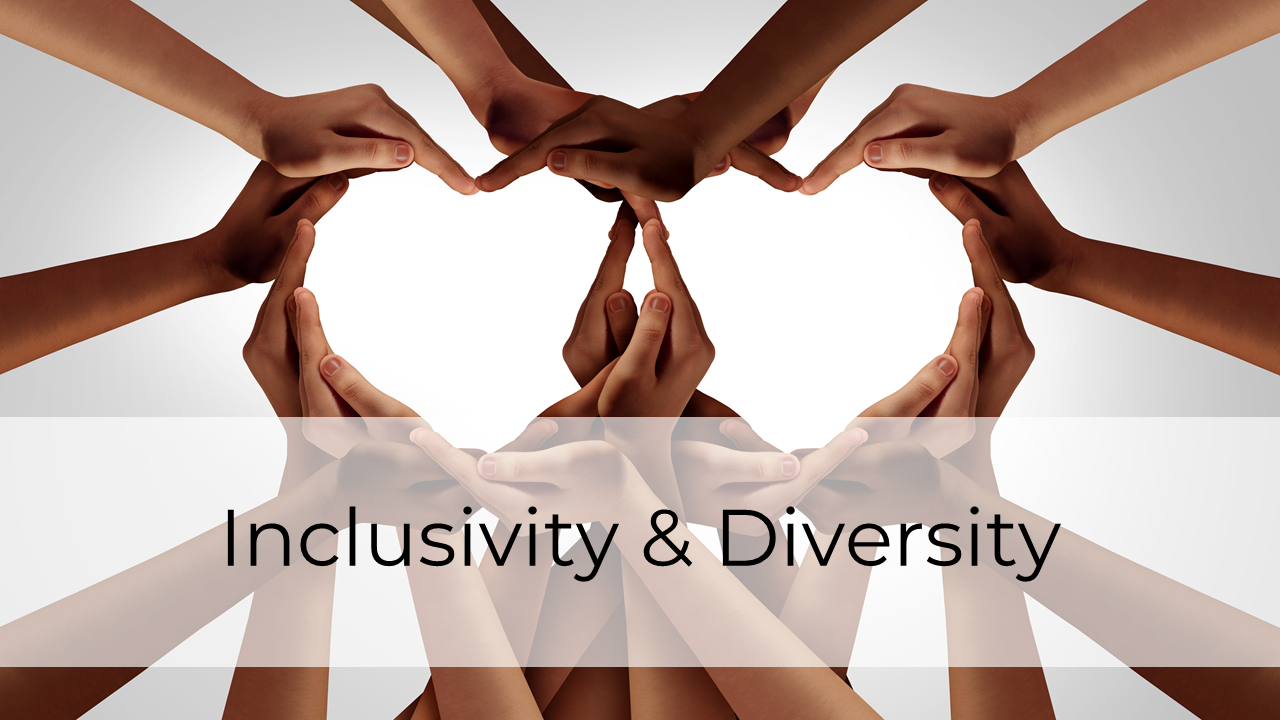For the effectiveness of successful learning of the students, a faculty needs to ensure that the student feel accepted, motivated , & continuously guided & supported by their teachers & classmates. In a class room you will always find a very diverse group coming from various cultural backgrounds with high disparity in the class. It becomes crucially important as a mentor & guide to bring to class, equality, inclusion, belongingness and most importantly purpose to learning. Diversity, equity, inclusion, and belonging in the classroom are more important than ever as students return to their campuses; it’s imperative that educators show they are committed to helping every student feel valued, represented, and heard.
From my experience , would like to share some personal observations on how to ensure that you’re creating an inclusive and welcoming learning environment for all your students—on the first day and every day.
Make students feel accepted & inclusive
How much are you prepared as an educator to approach students and ready to discuss topics, that might make them uncomfortable. If faculties are on edge talking about social or economic disparity, it’s going to ensure, students don’t feel to drag away from there is the first encounters with the professors and would feel positive that the semester will go successful.
Talking about differences is important, acceptance is important
Its important for the educator to share an understanding and comfort about subjects that require open conversations. Practical exposure is the best way for an educator to feel comfortable about conversations about diversity & inclusion. For example, if educators find themselves strongly opinionated about subjects like “Black and brown people” or “LGBTQ+”, then they need to do the work outside of the classroom to normalise it for themselves.
Try joining a book club, debate club, talking with colleagues about these topics, and attending workshops devoted to building cultural competence and cultural responsiveness. It’s important to expose ourselves to difference in order to be comfortable with that difference.
Don’t let biases built in your module
To achieve true inclusivity, educators need to identify with our own biases and be aware of what they are. It’s important to carefully reflect on self, as yourself about the barriers that pervert you form being fully engaged with your students and accept the biases to be able to deliver the content is class that gives student the freedom to make a choice, make their own opinion, speak out your mind and be able to question, once’s beliefs and biases. Knowing the answers to these questions and realising what may cause some difficulty for students is a big part of fixing the problem.
Disparity in Online & hybrid teaching needs to be accepted & acknowledged
The disparity of access of technology among students has really hit home during this pandemic. Students going to their local internet café , shops to learn from your class is true and has to be accepted by the educators.
Educators teaching online should take a moment to acknowledge the challenges faced by your students in online learning and let them know that you have made sure such issues are incorporated in your module teachings these challenges and connectivity issues. The technical resources to be shared and challenges accepted in these learning environments. Let students know you understand there will be connectivity problems or times when students have to share technical resources with others. This will show students that you’re aware of the trials and tribulations students are facing and that you’re concerned about students and their well-being
Prof. Nidhi Gupta
Design Department
IILM University


